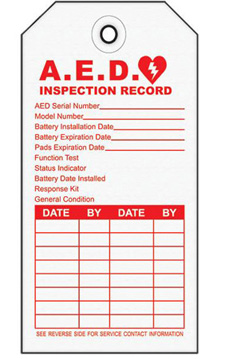| The Home page of ILPI's Safety Data Sheet (SDS) Resource, the leader in SDS information since 1995! | |
| The history and philosophy behind this resource. | |
| A curated collection of books and reference materials concerning Safety Data Sheets and closely related topics. | |
| Paste your plain text SDS into the SDS-Demystifier, and it will be converted into a hypertext-enriched document with links to detailed explanations of each key term. | |
| An extensive list of frequently asked questions about Safety Data Sheets including regulations, content, compliance, and more. | |
| A humorous take on Safety Data Sheet jargon. Fill in the blanks on our entry form to generate a personalized Unsafety Data Sheet to share with your coworkers. | |
| Since 1995, we've maintained this massive curated list of the best places to find Safety Data Sheets on the Internet. | |
| You are here! Way more than a glossary, this hypertext-enhanced resource covers hundreds of SDS-related terms and expert knowledge. Each entry includes both the SDS relevance and links to additional authoritative resources. | |
| Archived results of Safety Data Sheet related polls taken by some of our millions of site visitors | |
| The OSHA regulations behind SDS regulations, including the inspection guidelines and over 400 official interpretations letters under the Hazard Communication Standard | |
| Commercial suppliers of SDS authoring and management software as well as cloud compliance services. | |
| Commercial companies that will create SDS's for your specific needs as well as SDS translation companies. |

Safety signs, banners, and scoreboards? Get yours at Safety Emporium!
Definition
Bradycardia is a slow heart rate (60 beats per minute or slower) that does not meet the body's metabolic demands. Symptoms of bradycardia include dizziness, extreme fatigue, shortness of breath, or fainting spells.
This can be compared to tachycardia which is an extremely rapid heart rate, usually signified by a pulse of over 100 beats per minute.
Additional Information
Adults usually have a resting heart rate of 70-80 beats per minute although well-trained athletes can have resting rates in the 50's or 60's. Newborn babies have a normal heart rate of 120-160 beats per minute. A slowed heart rate can lead to a variety of other problems but treatment may not be necessary if the patient has no other symptoms. If you experience sudden bradycardia or any of the symptoms associated with it, contact your physician or emergency room immediately.

Get your AED signs, tags, and other first aid products from Safety Emporium.
SDS Relevance
This term usually appears as a symptom of exposure in Section 11 (toxicological information) of the Safety Data Sheet. First aid treatment may include administration of oxygen or treatment of the underlying cause(s) with drugs such as atropine. Examples of chemicals that may cause bradycardia include sarin (a potent neurotoxic chemical warfare agent), phosgene, many common pesticides, certain halogenated organic materials, high levels of cyanide (often as a combustion byproduct in fires), and many more.
While sudden bradycardia can be brought on by exposure to certain chemicals, bradycardia can also be caused by other factors such as sleep apnea, certain heart medications (such as beta-blockers), and electrical anomalies in the heart. Therefore, one should keep an open mind in trying to find the cause and work closely with a medical professional to assess and, if necessary, treat the condition.
Further Reading
- Bradycardia at patient.info.
- Bradycardia and Slow Heart Rate at the American Heart Association.
- Sinus Bradycardia at Cedars Sinai.
- Sinus Bradycardia at the National Center for Biotechnology Information.
- What is Bradycardia? at WebMD.
- Bradycardia, a multi-page article at MayoClinic.com.
See also: hypoxia, syncope, tachycardia.